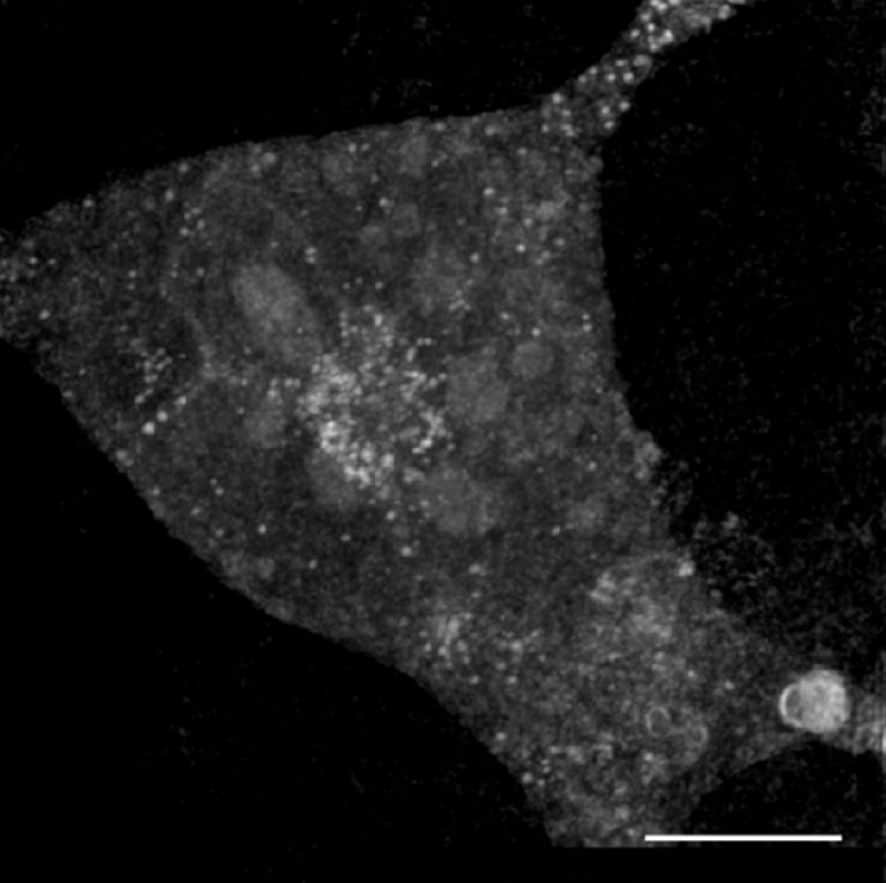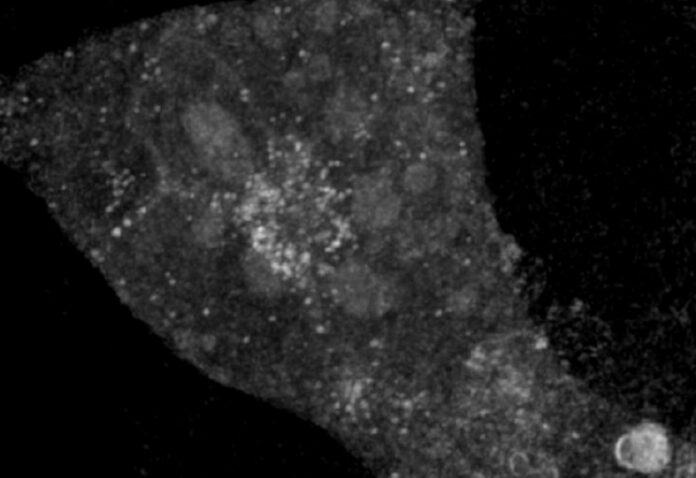Scientists have long been intrigued by the camouflage abilities of squids and octopuses, which allow these cephalopods to disappear into their surroundings with ease. While some aspects of their reversible transparency have remained unclear due to the difficulty of culturing cephalopod skin cells in the lab, recent research has made significant strides in this area.
Specifically, researchers have been able to replicate the tunable transparency of certain squid skin cells using mammalian cells that can be cultured in the lab. This breakthrough not only offers insights into the basic biology of squids but also has the potential to improve the imaging of various types of cells.
Researchers Use Human Cells to Unravel the Mystery of Squid Camouflage
Over an extended period, Dr. Alon Gorodetsky and his team have been drawing inspiration from squids to develop innovative materials. Among their previous creations are “invisibility stickers” that utilized squid reflectin proteins produced by bacteria and affixed to adhesive tape.
“So then, we had this crazy idea to see whether we could capture some aspect of the ability of squid skin tissues to change transparency within human cell cultures,” adds principal investigator Gorodetsky.
At the University of California, Irvine, researchers dedicated their attention to studying leucophores – cephalopod cells characterized by their particulate nanostructures comprising of reflectin proteins that scatter light. These reflectins typically conglomerate and create nanoparticles that cause light to scatter or rebound off them, rather than being absorbed or directly transmitted. As a result, leucophores have a bright white appearance.
“We wanted to engineer mammalian cells to stably, instead of temporarily, form reflectin nanostructures for which we could better control the scattering of light,” adds Gorodetsky.
This is because cells that permit light to pass through with minimal scattering will appear more transparent. Conversely, when light is scattered to a greater extent, the cells will become more opaque and prominent.

“Then, at a cellular level, or even the culture level, we thought that we could predictably alter the cells’ transparency relative to the surroundings or background.”
Georgii Bogdanov, a graduate student in Gorodetsky’s lab who is presenting the findings, introduced genes derived from squids that encode for reflectin into human cells. The cells used this DNA to produce the protein, thereby altering the way light interacts with cultured cells.
“A key advance in our experiments was getting the cells to stably produce reflectin and form light-scattering nanostructures with relatively high refractive indices, which also allowed us to better image the cells in three dimensions,” points out Bogdanov.
During the experiments, the researchers supplemented the cells’ culture media with salt, causing the reflectin proteins to cluster together into nanostructures. Through gradually elevating the salt concentration, Bogdanov captured comprehensive, time-lapse 3D images of the nanostructures’ characteristics. As the nanoparticles grew bigger, the cells reflected more light, leading to adjustments in their opacity.
However, with the onset of the COVID-19 pandemic, the researchers found themselves unable to conduct their investigation physically in the lab. As a result, Bogdanov utilized his time at home to devise computational models that could anticipate a cell’s probable light scattering and transparency even before conducting an experiment.
“It’s a beautiful loop between theory and experiments, where you feed in design parameters for the reflectin nanostructures, get out specific predicted optical properties and then engineer the cells more efficiently — for whatever light-scattering properties you might be interested in,” adds Gorodetsky.
Gorodetsky predicts that these findings will facilitate a more profound comprehension of squid skin cells, which have been challenging to culture successfully in laboratory settings. For instance, earlier studies hypothesized that reflectin nanoparticles disintegrate and re-form, causing changes in the transparency of tunable squid leucophores. Gorodetsky’s team has now demonstrated that comparable rearrangements occurred in their engineered mammalian cells, which were stable, with just minor adjustments in salt concentration. This mechanism appears to be similar to what has been observed in the tunable squid cells.
The researchers are currently refining their approach to enhance cellular imaging strategies that leverage the intrinsic optical properties of the cells. Gorodetsky believes that the reflectin proteins can function as genetically encoded tags that won’t fade within human cells.
Bogdanov adds that “reflectin as a molecular probe provides a lot of possibilities to track structures in cells with advanced microscopy techniques.”
For instance, the researchers suggest that their imaging methods may help improve the comprehension of cell growth and development.
The findings will be presented at the spring meeting of the American Chemical Society (ACS) and will take place between March 26–30.
Image Credit: 10.1021/acsbiomaterials.2c00088
